Did you know that the Humane Society of the United States reports that 6 to 8 million cats and dogs enter shelters every year? Thanks to the hard work of shelters, rescue groups and animal lovers, 3 to 4 million cats and dogs are adopted. Despite these efforts though, sadly, 1.5 million adoptable cats and dogs are still euthanized every year. So what can you do to help shelters and rescue groups save more animals?
1. Spay and neuter
The single most important thing people can do to reduce the number of shelter pets is to spay and neuter. Unfortunately, pet parents often underestimate their pet’s drive to breed. It only takes a brief lapse for our resourceful pets to find a way to do what biology has hard-wired them to do! Even indoor-only cats often find a way to breed if given a chance. The only way to insure that your cat is not contributing to pet overpopulation is by spaying or neutering.
Click here to learn more about spay/neuter benefits.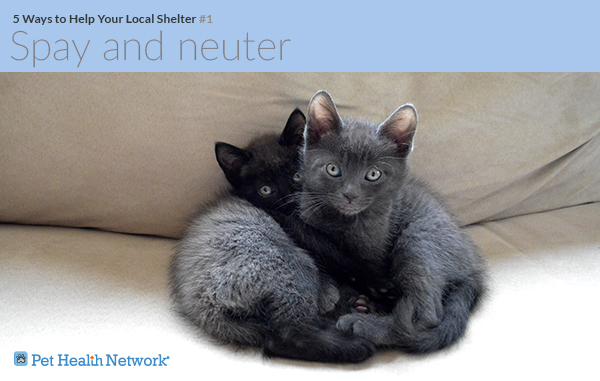
2. Tags and microchips
Another way to tackle the problem is to prevent more cats from ending up in shelters. Make sure your cat always wears a collar with identification tags. However, these are not foolproof as they can break or fall off. Microchips are the best way to ensure your cat will be returned home if she is ever lost. Remember to keep your contact information up to date. Even indoor-only cats should have collars, ID tags and microchips because they too can escape and get lost.
Click here to learn more about microchips.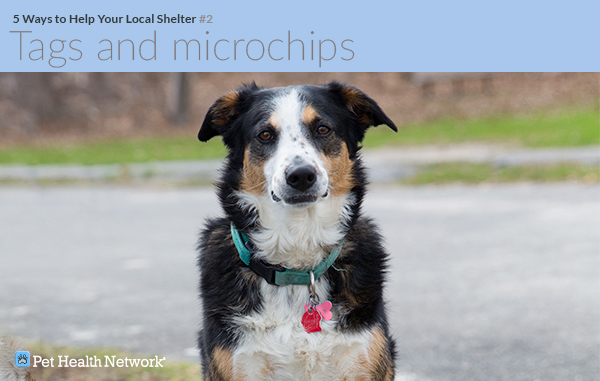
3. Adopt
If you are looking for a new feline companion, check your local animal shelters and rescue groups. Shelters have cats of all breeds, age, colors, coats and personalities. If you have your heart set on a particular breed and can’t find it at your local shelter, contact one of the many breed-specific rescue groups. Remember, if you adopt from a shelter or rescue group, you are not only gaining a friend for life, but also saving a life.
Click here for 5 great reasons to adopt from a shelter.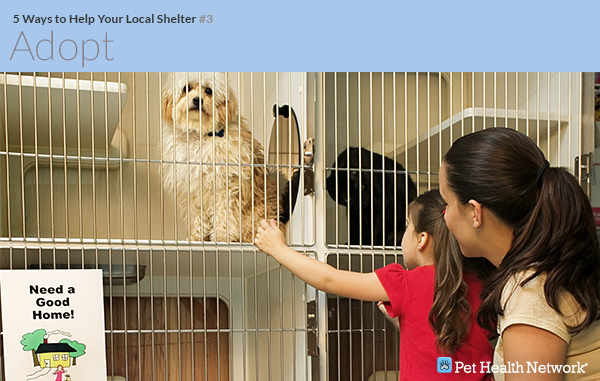
4. Volunteer
Shelters and rescues can always use extra help! They need people to play with, bathe or groom the animals; foster animals; help with laundry and more. If you can’t have an animal permanently, because you live in an apartment that doesn’t allow pets or you have a crazy work schedule, but you still want to be around animals, volunteering at the shelter is a great way to get your fix. You will get the pleasure of being around animals and helping them find their forever home without the full-time, long-term commitment of being a pet parent. 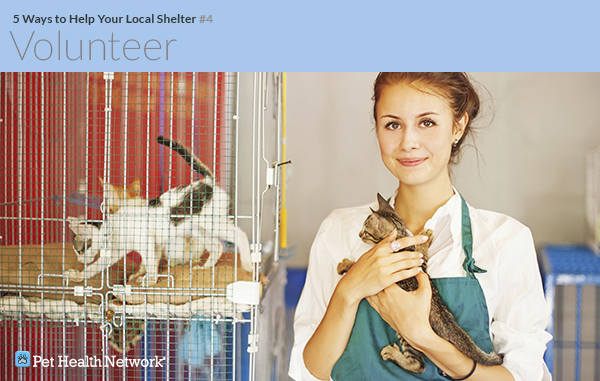
5. Donate
The bottom line is that most private shelters and rescue groups survive because of donations. Monetary donations help shelters pay for their daily operations, like medical expenses, and are often used to expand services. They can also go to a foundation to ensure future financial stability. But donations do not only have to be of the monetary type. Shelters and rescue groups benefit from donated supplies, such as food, bedding, towels, litter boxes, toys, newspapers and medicines. Likewise, if you possess a skill that can help the shelter, consider donating your services. If you are a photographer, maybe you can help your local shelter take cute pictures of their animals, so that more get seen and adopted. The possibilities are endless; it just takes the will and a little creativity.
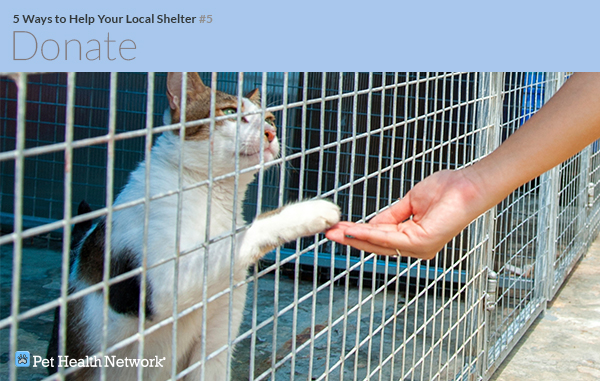
Thanks to the efforts of shelters and rescue groups, fewer animals are being put to sleep. However, the number of adoptable cats and dogs being euthanized every year remains unacceptably high. Although 2.7 million is a daunting number, there are many different ways we can help shelters and rescue groups save more animals. Ultimately, as animal-lovers, we are a big part of the solution. By working together, our actions can solve the problem, one cat at a time.
If you have any questions or concerns, you should always visit or call your veterinarian -- they are your best resource to ensure the health and well-being of your pets.
